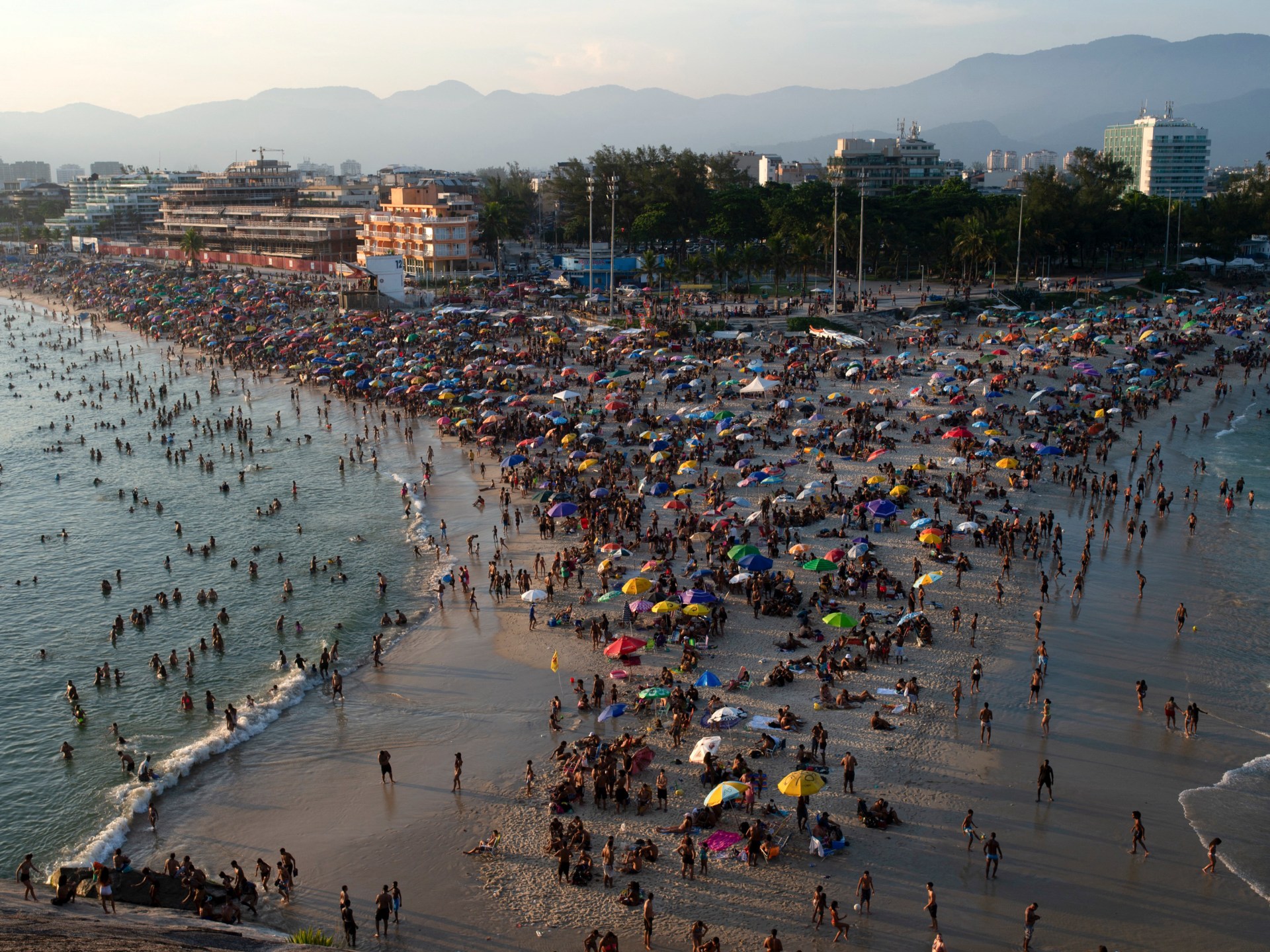The International Energy Agency says shipping disruptions provide a short-term boost to the oil market with demand at 1.3 million barrels per day.
Global oil demand is forecast to grow more than expected due to rising fuel needs from ships diverted out of the Red Sea amid attacks by Yemen's Houthi rebels and a brighter economic outlook in the United States, it said. the International Energy Agency (IEA).
In its monthly oil report released on Thursday, the Paris-based agency revised global oil demand upward by 110,000 barrels per day (bpd) from its previous forecast, as attacks by Yemen's Houthis , aligned with Iran, delay supplies in the Red Sea.
The IEA said global oil demand is now forecast to rise by 1.3 million bpd this year.
“Disruptions to international trade routes in the wake of turmoil in the Red Sea are lengthening shipping distances and causing faster ship speeds, increasing demand for fuel,” the agency said, using a term for the needs of ship fuel.
The Houthis have repeatedly launched drones and missiles against international commercial shipping since mid-November due to Israel's war in Gaza, disrupting global trade along a route that accounts for about 15 percent of global shipping traffic, forcing companies to divert towards longer and more expensive trips. around southern Africa.
The disruptions have meant almost 1.9 billion barrels of oil were at sea at the end of last month, the IEA said, almost the highest figure since the COVID pandemic.
Longer routes boosted fuel demand and ship fuel loading in Singapore hit record highs.
But the agency warned that the calm of post-pandemic turbulence and a bleak economic outlook will weigh on demand, even as shipping disruptions provide a near-term boost.
“The global economic slowdown acts as an additional hurdle for oil use, as does improving vehicle efficiency and expanding electric vehicle fleets,” he said.
“Growth will continue to be heavily skewed towards non-OECD countries. [Organisation for Economic Co-operation and Development] countries, even as China's dominance gradually fades. “The latter’s oil demand growth is expected to slow from 1.7 million bpd in 2023 to 620,000 bpd in 2024,” the IEA said.
Annual demand growth remains much lower than in 2023, when it reached 2.3 million bpd, thanks to improvements in energy efficiency and the use of electric vehicles.
Total demand is forecast to reach 103.2 million bpd in 2024, compared to 101.8 million bpd last year.
Should the OPEC+ producer bloc maintain voluntary cuts until 2024, the IEA said it sees the market in a slight deficit rather than a surplus, adding that oil prices were range-bound in early March after the market will set the price in its latest cut announcement.
Oil supply growth from non-OPEC+ countries will continue to significantly eclipse oil demand expansion, the IEA added.
Following the report, oil prices extended their gains on Thursday.
Brent crude futures LCOc1 for May rose 72 cents, or 0.86 percent, to $84.75 a barrel by 1021 GMT. U.S. West Texas Intermediate (WTI) crude oil for April rose 83 cents, or 1.04 percent, to $80.55.
“Although the IEA's view on the global oil balance is still more than a mile away from OPEC's forecast, this report does nothing to dent the optimistic mood that is developing,” the analyst said. Tamas Varga of PVM Oil Associates.












